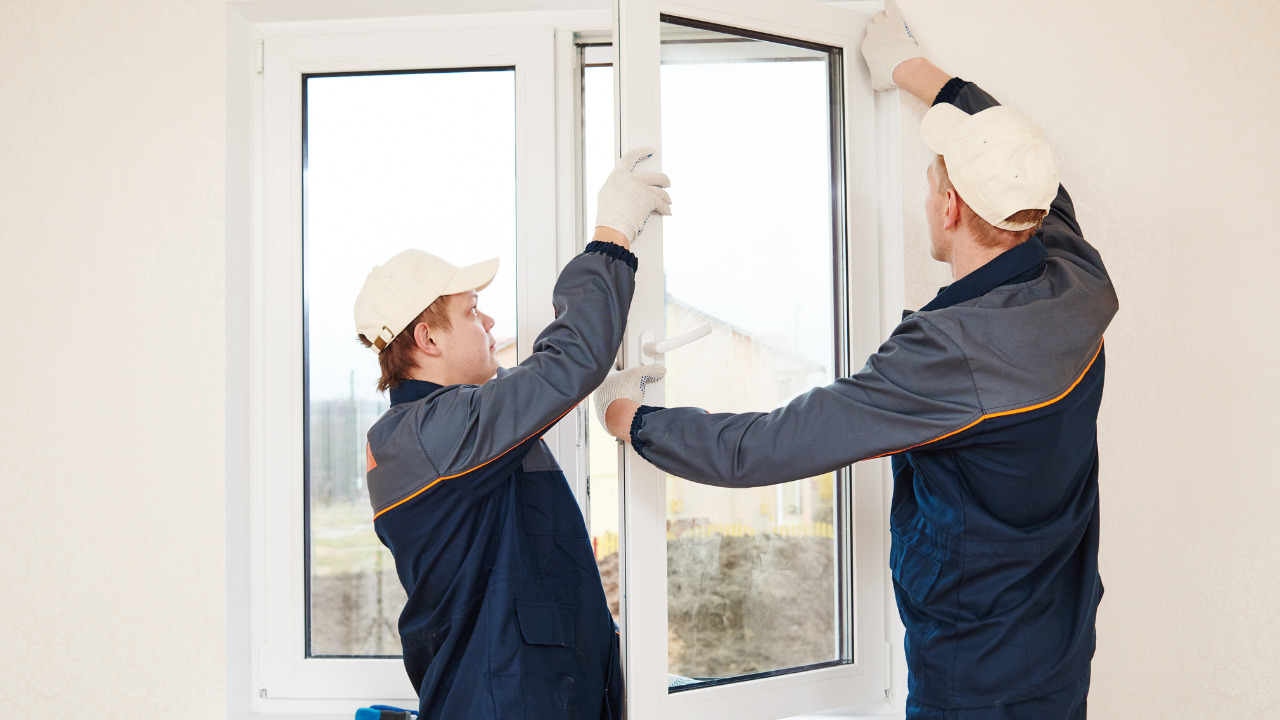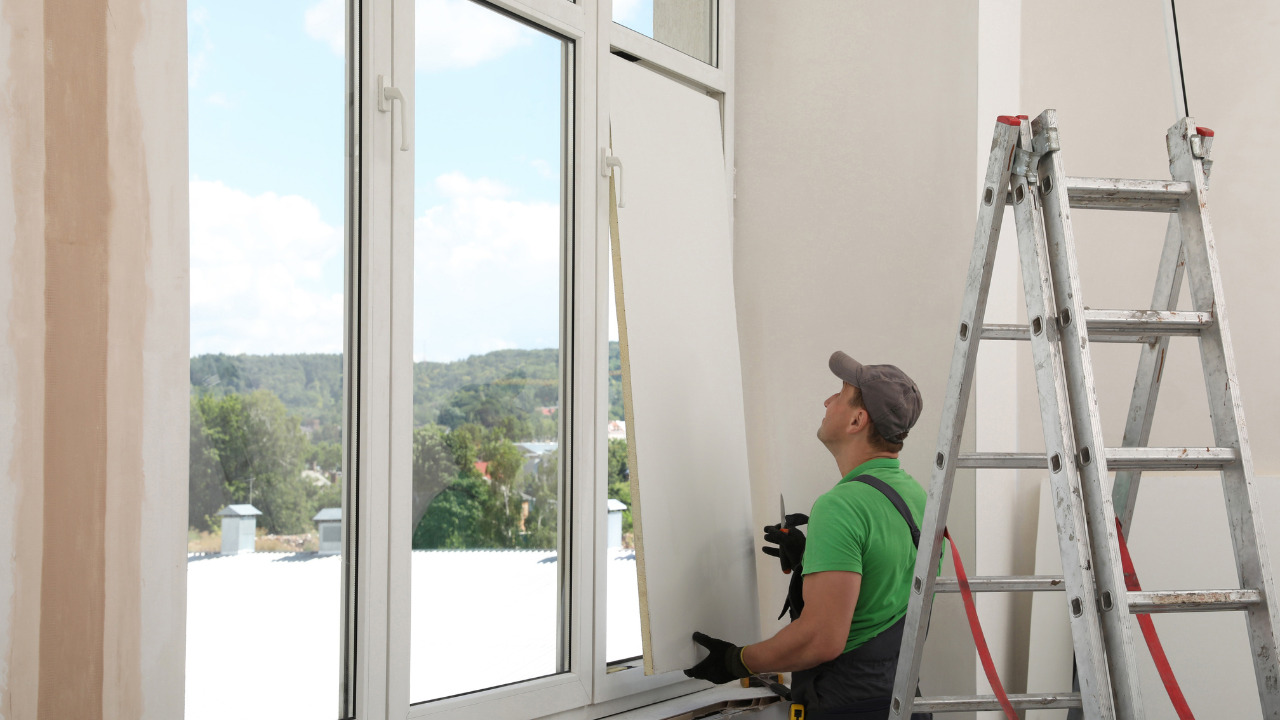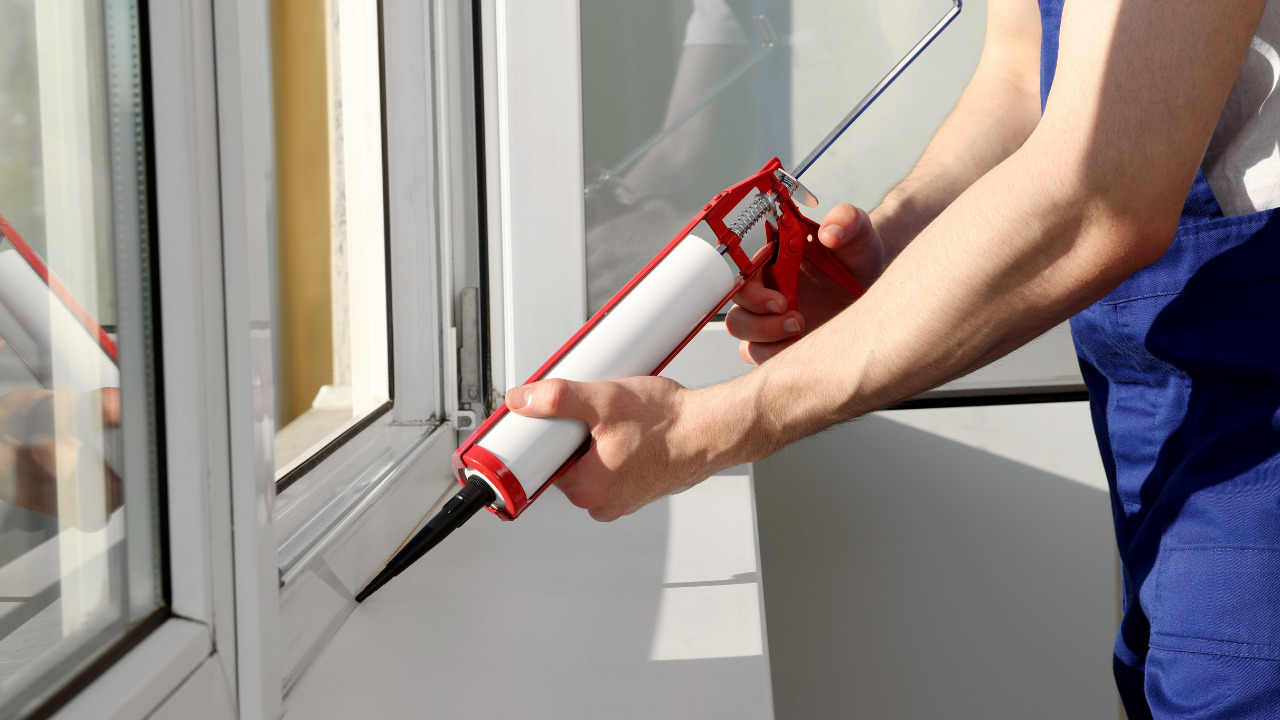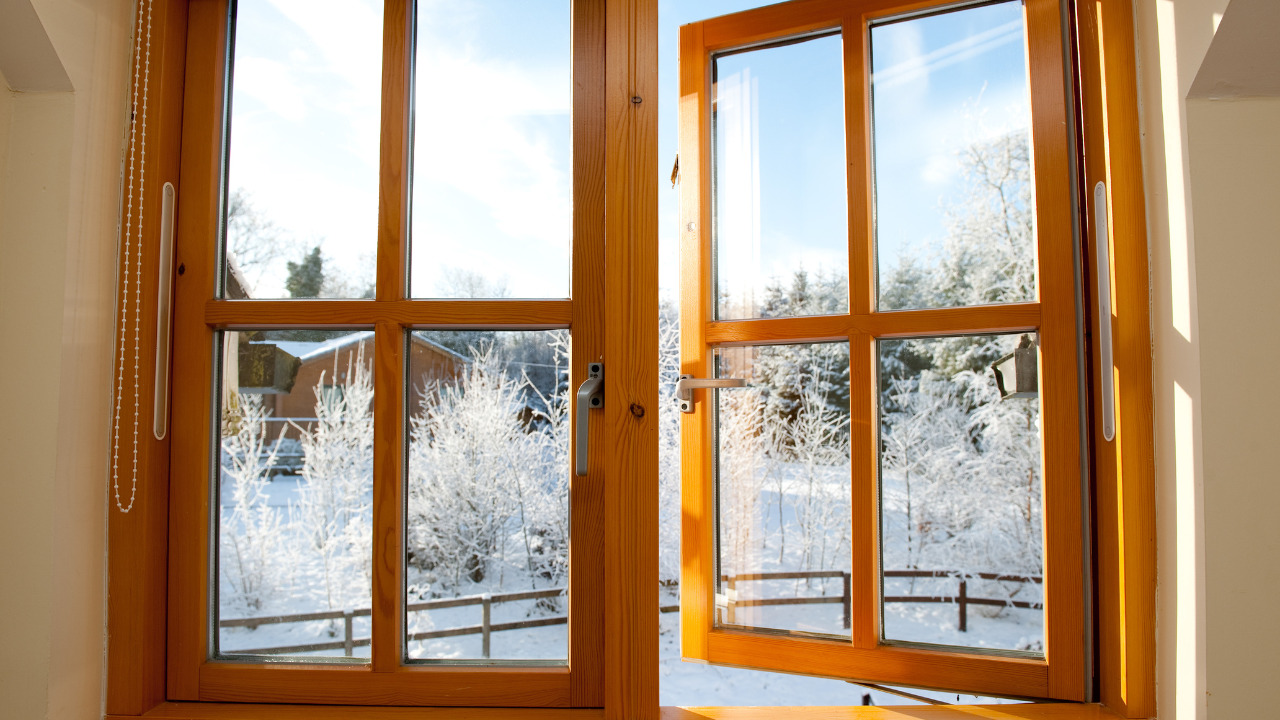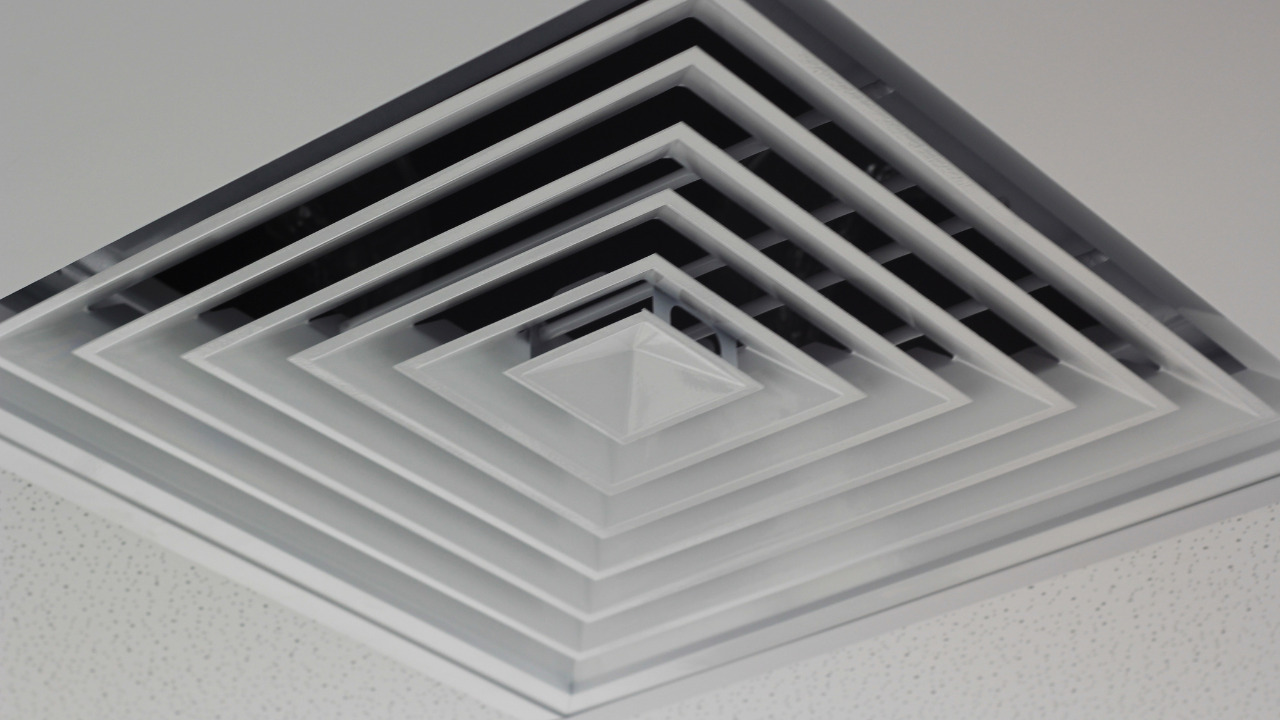Have you heard strange noises coming from your windows? These sounds could result from the glass expanding and contracting at a different rate than the surrounding frame. On the other hand, whistling windows could be a problem, particularly on windy days.
When it’s windy, do your windows squeak? This last sound can sometimes irritate you, particularly if you’re trying to relax indoors during a storm.
The sound can be harsh and high-pitched when the wind reaches a particular velocity. So, what’s the source of this strange noise? Let us show you how to eliminate whistling windows in this post permanently.
On a stormy night, the wind blowing through your chimney adds romanticism, but it’s time to take action when the wind starts whistling around the windows.
Table of Contents
The Main Reasons Behind Window’s Whistling
We must first evaluate what is creating the problem before we can remedy it. A whistling sound can be made by blowing across the top of a bottle. The sound increases louder as you blow harder.
The air will bounce around the bottle’s interior more frequently since it travels faster. The sound we perceive has a higher pitch because of the increase in frequency.
The wind blows through a little area, bouncing from side to side, and the gap acts as a resonating chamber for the wind to bounce back and forth across. The same thing happens when the wind blows over your windows or down your chimney.
How To Tackle The Whistling Windows?
We must determine the root cause of the bothersome noise before we can silence window whistles. This method works on the same principle, similar to blowing across the top of an empty bottle that isn’t closed. An empty bottle makes a whistling sound when you blow across the top of it.
By blowing more forcefully, you can change the whistle’s pitch. Because more forceful breathing causes the air to move more quickly, the higher-pitched sound is due to this higher frequency. If the aluminum in your window frames is poor quality, warping may develop in two to three years.
When the frames distort, they lose their sealing ability, allowing air to pass through the gaps. When buying window frames, pay attention to the material quality.
Install The Windows Appropriately
Window frames should be leveled and placed with precision. Otherwise, the spaces between the wall and the frame will widen as the frame warps.
Another thing to remember is that the expansion bolts that connect the window frame to the wall should have their heads sealed. If the heads are properly sealed, water trapped in the frame will not seep into the wall. Instead, it should be evacuated through the water exit.
Install Double-Glazed Windows
If you notice that the windows are still noisy even after caulking them and making sure there are no gaps around the frame, you might want to think about replacing the entire window. Modern double-glazed windows are more soundproof than single-glazed windows, and triple glazing is even more effective.
The double- and triple-glazed window frame includes air chambers to prevent cold bridges, a spacer bar, and an inert gas filling.
Caulk The Gaps Before Installation
Caulk the spaces between the window frame and the wall before putting in the windows. Apply sealing strips to all sides of the window frame once the sealant has hardened to prevent precipitation and wind from leaking.
Remember that the interior and exterior sections of the window frames should be completely sealed. Air and water leaks could occur if only the inside side of the window frame is sealed.
Cover The Windows With Plastic
Gaps will undoubtedly occur as window frames age. However, there are workarounds. Applying foam tape to the window rims and then covering the entire window in plastic is the most secure method. This sealing method may properly preserve the inside temperature because plastic is insulating and impermeable.
Insulate The Double-Glazed Windows
The most efficient way to insulate standard double-glazed windows is to place woodchips between the two glass panels to absorb excess moisture and keep the harsh, cold air out of the lower area. Use masking tape to patch the gaps where the window closes to ensure complete protection.
Check The Vents Appropriately
While outdoors, close the window and ensure the trickling vent is secure, as a loose one can generate a whistle or buzz. A handful of Phillips head screws hold most trickle vents in place.
Check that the inside of the window is well sealed and no draughts are coming in, just like the exterior. Seal the trim to the wall using the decorator’s caulk if it lifts away from the wall.
Move And Fit The Sashes Smoothly
Windows are a common source of energy loss, and whistles can be caused by loose sashes caused by wood shrinkage or home sinking. Sashes should glide easily and snugly against each other and into the header and sill above.
Even modern vinyl windows can bind as the house lowers, and older wood sashes might help, also. Casement sashes should close tightly and be secured with locks to close gaps generated by slack sashes. For skinny or ill-fitting windows, use weather stripping on the framework to fill the space between the sash and frame.
Reduce The Space Between Windows And Wall Framing
In older homes, windows may be inserted inside wall openings. You can remove the window’s face frame to reveal its inner framing, regardless of the method utilized in your home. Remove these face parts gently with a screwdriver.
Some frames include bolts that may be removed. The area between the window and the wall frame can intensify the sounds of air infiltration from the outside. To stop them from moaning, fill these areas with expanding foam insulation.
How To Soundproof The Windows?
There are several ways to lower the whistling sound’s level. Identification of any draughts is the first and most simple step. The window whistling sound will be audible if the sealant has shrunk or degraded over time, leaving gaps around the windows.
Window whistling in the wind is frequently resolved by changing the sealant around the glass’s edges if you find any substantial draughts. If you discover that the room is still insufficiently soundproofed, you can think about changing the window entirely.
Windows with double glazing offer much more soundproofing than those with single glazing. This is made possible by the spacer bar, a high-quality window frame, and an inert gas filling, which stops vibrations from passing from one to the other.
Frequently Asked Questions
What are the reasons for window whistling even after installing double-glazing windows?
After installing double-pane windows, if you still hear noise, quality problems may be to blame. In some circumstances, a superior single-pane window may perform better than a subpar double-pane model. If you want to choose windows that effectively block and absorb sound, opt for thick glass panes.
Can you fix a whistling door?
Of course, yes! Verify that the silicone exterior is intact and that the frame’s perimeter is free of gaps or holes. Make sure any gaps are filled by inspecting the frame’s interior. Verify that when the door is closed with the stay engaged, the door slab draws tightly against the frame. To achieve a secure seal, adjust the door as necessary.
Conclusion
Undesirable sounds coming from your windows are nearly always the consequence of air leakage, which causes the window’s components to vibrate in places they shouldn’t. It’s crucial to figure out what’s causing the windows to make noise when the wind blows before you can fix them.
Whistling is almost always caused by wind passing through a small opening in the window. Filling empty spaces and fastening items in place will assist in reducing noise, so make sure you do so. You can also tackle the whistling noises coming from your front door similarly.




